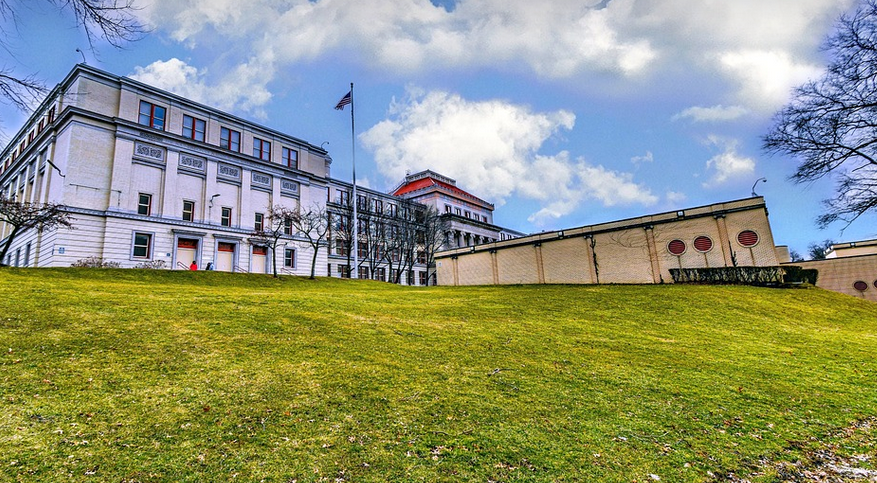
The Case Against Free Museum Admission
Museums, those captivating repositories of human history and artistic brilliance, are often seen as public treasures. Their doors are flung open to everyone, offering free access to the wonders of the past and present. But is this approach to museum admission truly in the best interest of both the institutions themselves and the visitors they aim to serve?
Let’s delve into the arguments against free museum admission in 2024. While the initial allure of a “free for all” might seem appealing, it comes bundled with several unintended consequences that ultimately undermine the very essence of museums.
Firstly, the economic reality of running a museum is complex and often precarious. Museums require extensive resources to maintain their collections, fund curatorial research, preserve artifacts, manage staff, pay for energy, and maintain facilities. A consistent flow of revenue is crucial. Free admission, while enticing visitors in droves initially, can lead to financial instability. It creates an unsustainable model that leaves museums struggling to cover the ever-growing costs of preservation and operation.
Imagine a museum with a vast collection of ancient artifacts, meticulously preserved but facing the prospect of shutting down due to dwindling funds. Or picture a renowned contemporary art space struggling to pay curators and artists for their expertise, all while trying to keep its doors open for visitors. A lack of financial security can significantly hinder the quality and breadth of museum offerings.
Secondly, free admission raises ethical concerns that are often overlooked. Museums hold immense historical and cultural significance, serving as custodians of knowledge passed down through generations. They act as a conduit to understand our past, appreciate diverse cultures, and learn about our shared humanity. However, these institutions can’t maintain their integrity or fulfill their educational purpose if they are constantly struggling to stay afloat financially.
Free access creates an expectation that museums should cater to everyone, regardless of financial limitations. This fosters a sense of entitlement amongst some visitors, leaving fewer resources for those who truly value knowledge and seek deeper understanding. It can create a perception that museum visits are a right, rather than a privilege earned through respectful engagement with the institutions’ offerings.
Thirdly, a shift towards paid admission can encourage more responsible visitor behavior. When individuals pay to visit museums, they develop a heightened sense of respect and appreciation for their artifacts and exhibits. They understand the value and effort put into preserving these treasures for future generations, fostering a sense of ownership that goes beyond mere casual enjoyment.
Paid admission allows museums to invest in more impactful experiences by allowing them to curate specific exhibitions, tailor educational programs, or provide enhanced visitor resources like guided tours and interactive displays. These efforts can create a deeper connection between visitors and the museum’s history, culture, and purpose. It encourages thoughtful engagement, leading to more enriching and fulfilling experiences.
A well-structured paid admission model doesn’t necessarily signify exclusivity; it’s about encouraging sustainable financial support for museums while fostering meaningful interactions within their walls.
In conclusion, the pursuit of free museum access might seem appealing at first glance. However, the potential downsides of this approach are far more significant than many people realize. Free admission creates an unsustainable model that undermines the very purpose and integrity of museums. A well-managed paid admission system allows museums to fulfill their crucial role in preserving knowledge, educating future generations, and fostering a deeper appreciation for art and culture.
By embracing a thoughtful approach to funding and visitor engagement, museums can continue to thrive as vibrant centers of learning and exploration – places where the past inspires us and empowers us to build a better future.
Let me know if you’d like help developing the remaining sections!





